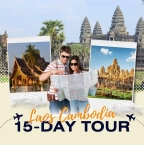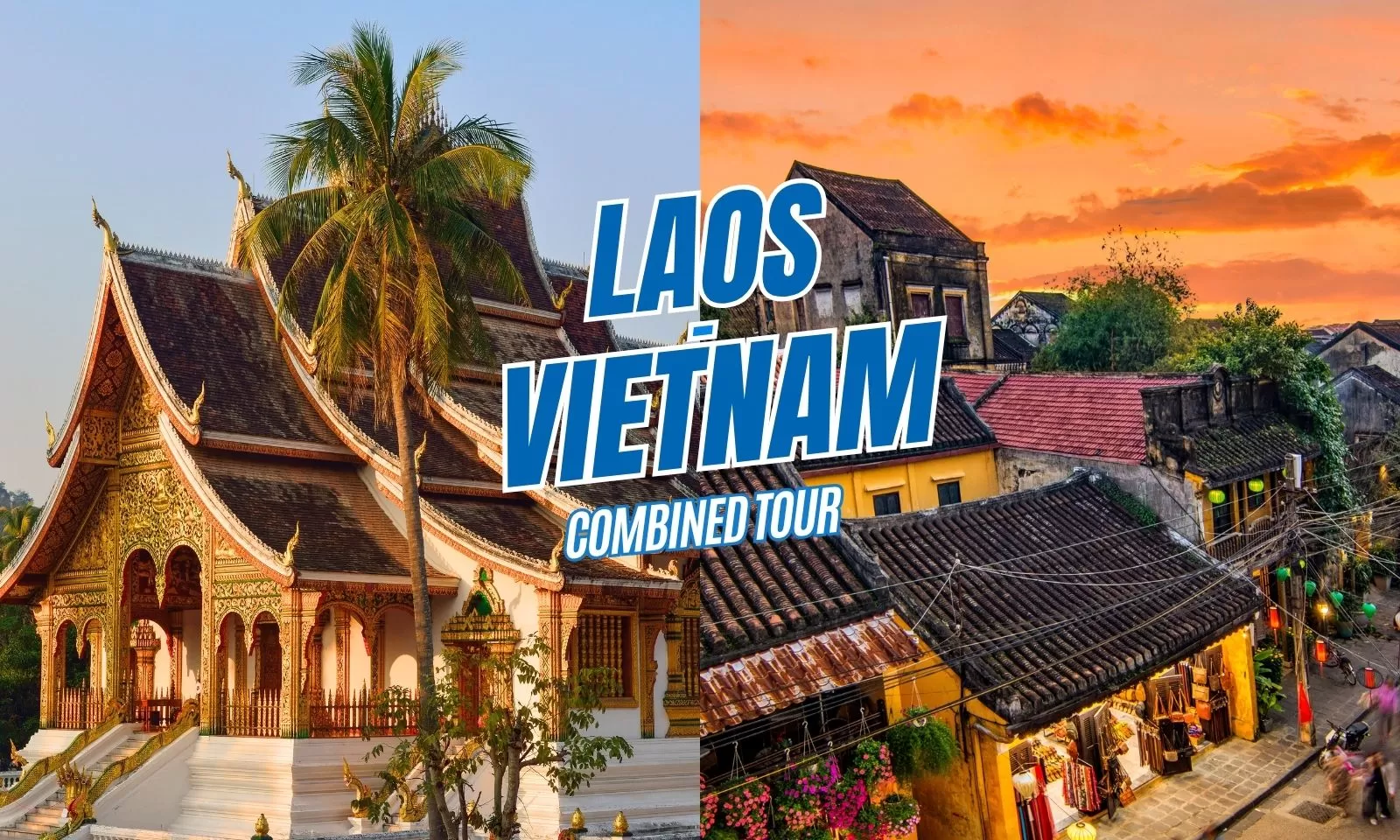
Vietnam Laos combined tour: The ideal itinerary

A Vietnam Laos combined tour opens the door to two of Southeast Asia’s most captivating destinations. From Vietnam’s bustling cities and coastal wonders to Laos’ tranquil temples and lush highlands, this journey offers a harmonious blend of adventure and cultural depth.
In this article, we’ll introduce an ideal itinerary that connects the highlights of both countries, suggest must-visit places, and share travel tips to help you plan a seamless and unforgettable trip.
Table of Contents
Top reasons to choose a Vietnam Laos combined tour
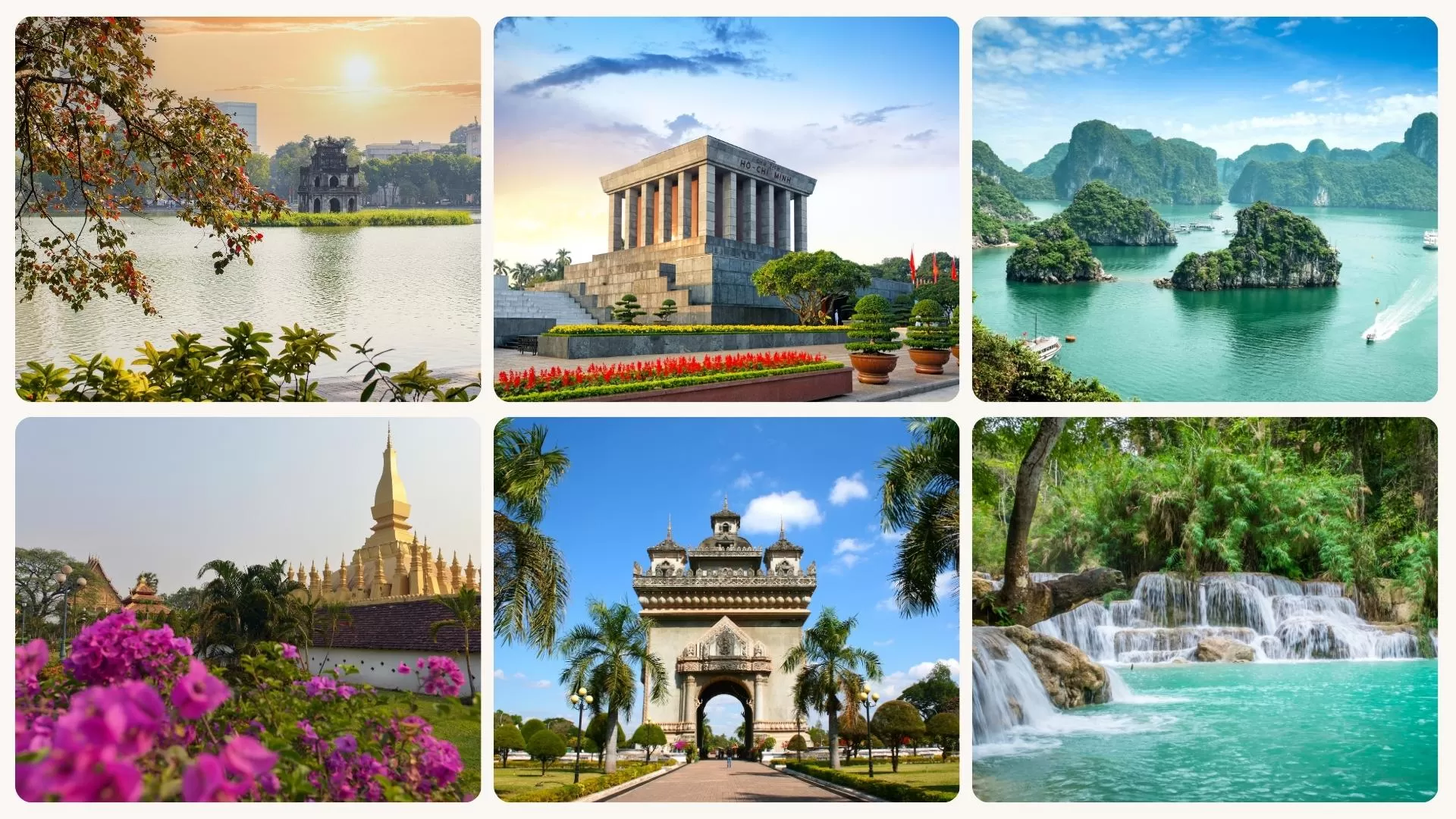
Combining Vietnam and Laos in one itinerary is not only convenient—it’s an enriching and multi-layered travel experience. These two neighboring countries may share borders, but they offer strikingly different rhythms, atmospheres, and cultural treasures that beautifully complement each other.
- A harmonious contrast between dynamic Vietnam and tranquil Laos
Vietnam captivates with its bustling cities, lively street food, and coastal beauty. In contrast, Laos offers a tranquil escape with serene temples, relaxed towns, and unspoiled nature. Experiencing both enriches your journey with diversity in atmosphere and rhythm.
- Save time and money with a seamless cross-border journey
A cross-border tour helps you save on international flights, share transport routes, and often stay within one visa period—making it both practical and budget-friendly.
- Diverse experiences in culture, cuisine, nature and history
From Vietnamese pho to Laotian laap, from UNESCO towns to river cruises, the journey is packed with unique experiences, local flavors, and unforgettable landscapes.
Best time to take a Vietnam Laos combined tour
The ideal time to explore both Vietnam and Laos is from November to April. During this dry season, you can enjoy clear skies, mild temperatures, and optimal conditions for cruising in Halong Bay, temple-hopping in Luang Prabang, or walking through ancient towns like Hoi An.
From May to October, expect a mix of sunshine and tropical rains. While it’s the wet season, travel is still manageable—especially if you prefer fewer crowds and lush green landscapes. Just be mindful that remote areas may become harder to access due to heavy rain.
For a more immersive experience, align your trip with major festivals:
Tết (Vietnamese Lunar New Year) – Late January to early February: colorful decorations, family celebrations, and limited services.
Pi Mai Lao (Lao New Year) – Mid-April: joyful water fights, Buddhist rituals, and festive street scenes.
Top destinations in Vietnam and Laos
A Vietnam Laos combined tour takes you through two neighboring countries with distinct charm. While Vietnam draws you in with its vibrant cities and coastal beauty, Laos offers peace through its spiritual towns and river landscapes. Together, they create a journey full of contrast and balance.
Hanoi
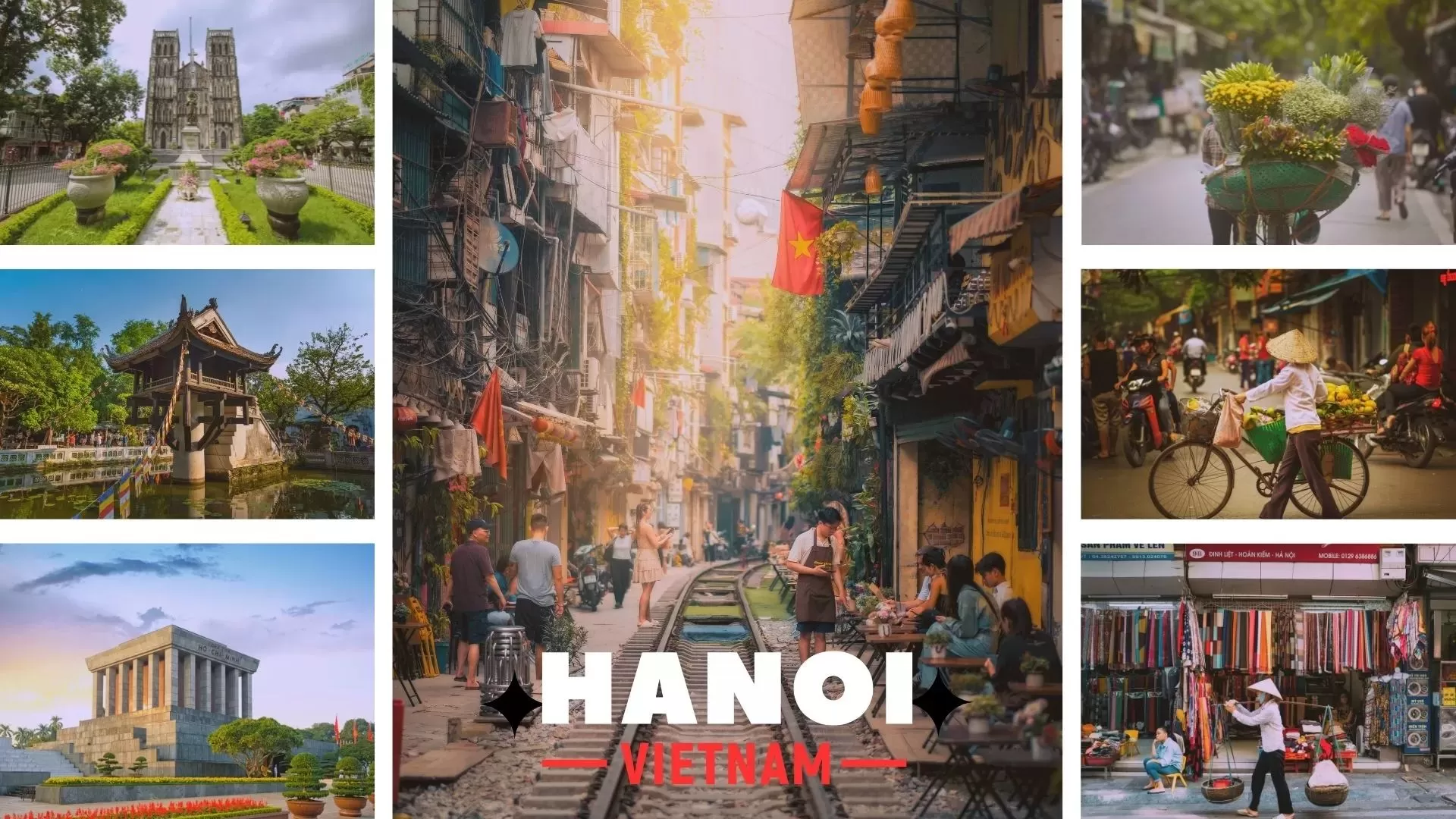
Hanoi, the capital of Vietnam, is where the country's cultural soul truly resides. Ancient temples stand beside French colonial buildings, while lively markets and modern cafes blend the past with the present. The Old Quarter bustles with motorbikes, street vendors, and traditional crafts, offering a sensory overload in the best way. Meanwhile, tranquil lakes, like Hoan Kiem and West Lake, add moments of calm amidst the chaos.
Halong Bay
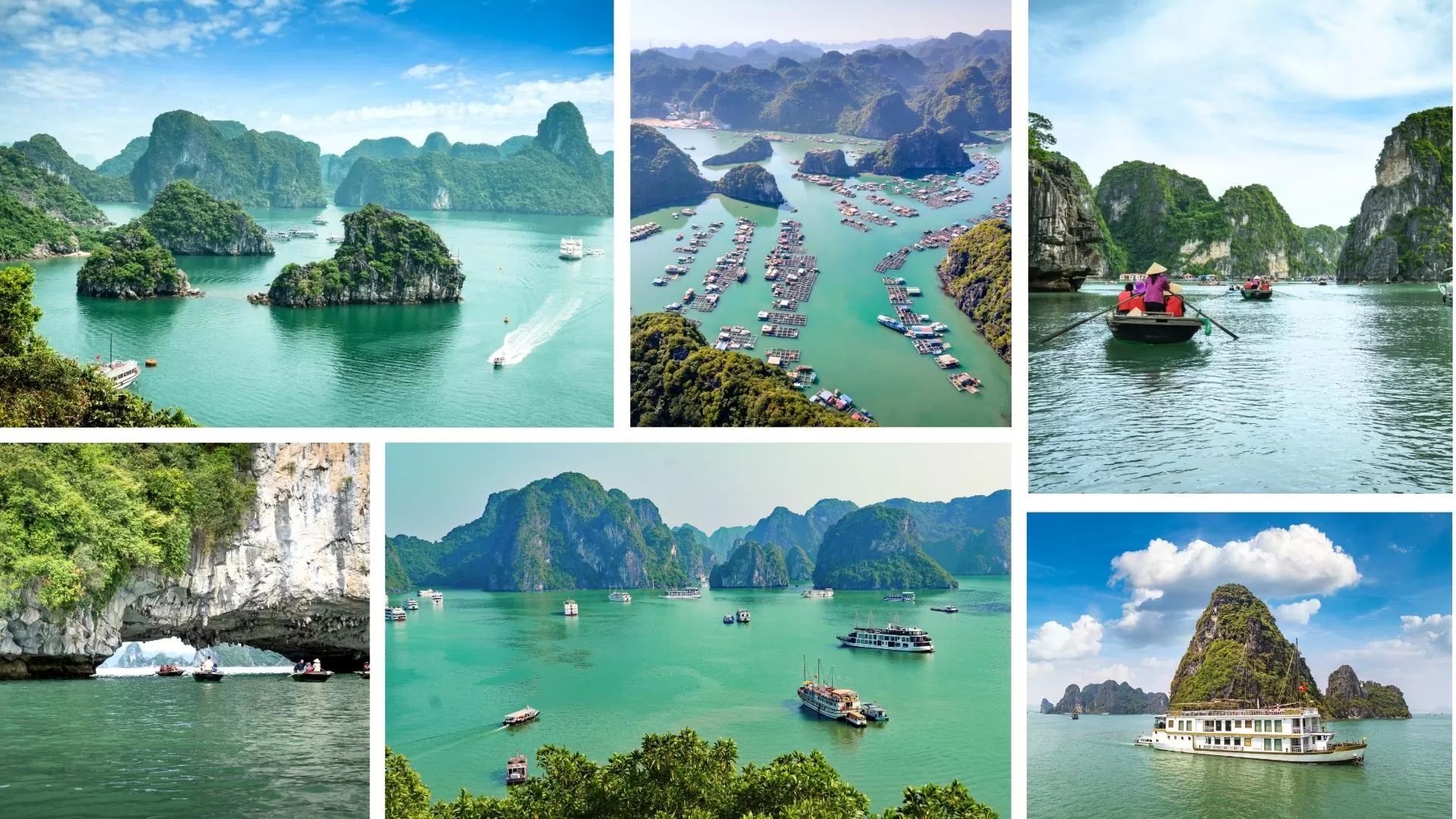
A jewel of northern Vietnam, Halong Bay stuns with its surreal seascape of limestone islands rising from emerald waters. A cruise here is more than scenic—it's immersive. Travelers can explore hidden caves, kayak through grottoes, visit fishing villages, and enjoy fresh seafood on deck while drifting between misty cliffs. It's a must-see natural wonder that lives up to every expectation.
Hue
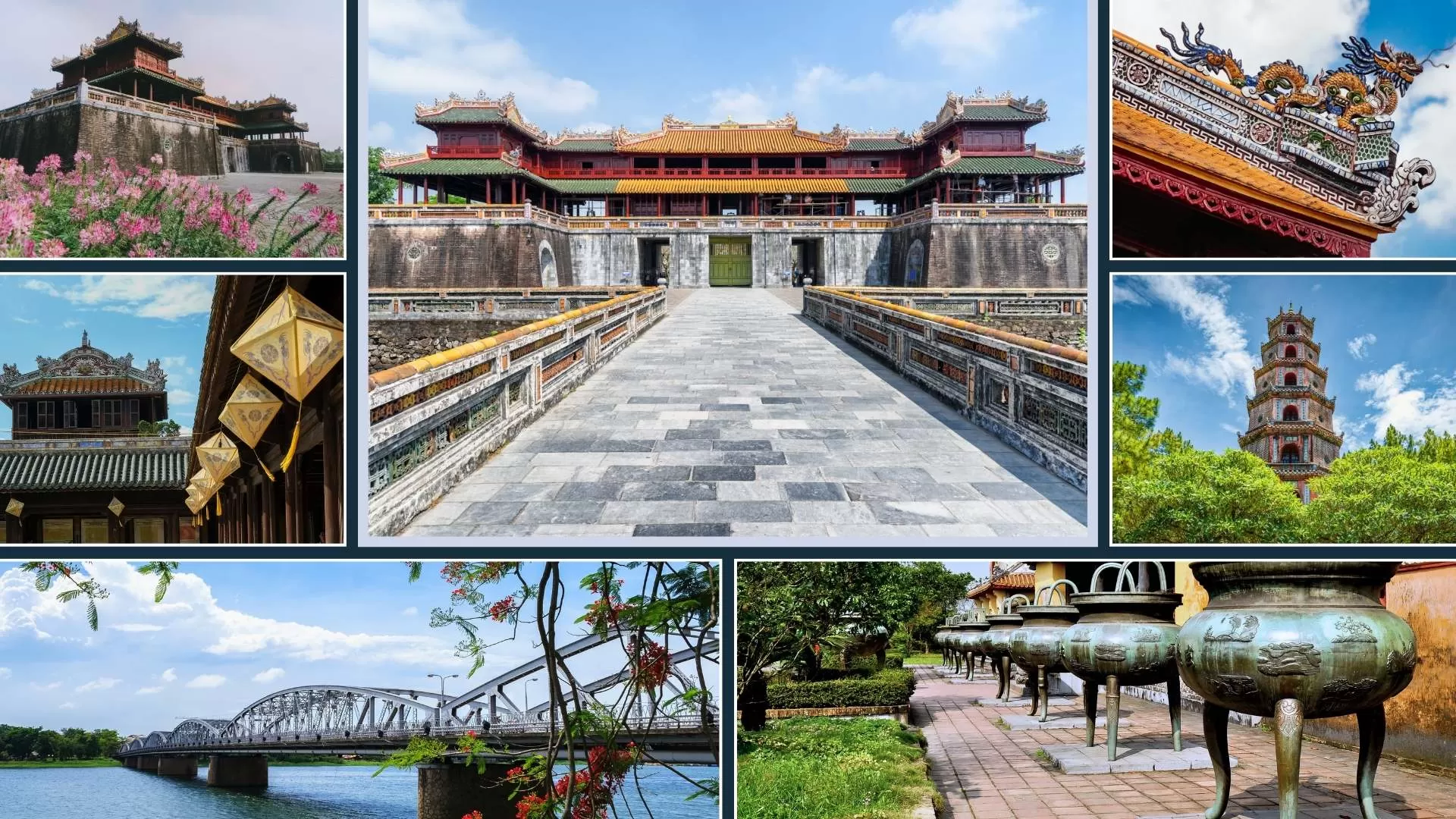
Hue, the former imperial capital, is a city of deep historical resonance and quiet beauty. The massive Citadel complex, with its moats, palaces, and ancient walls, evokes the grandeur of Vietnam’s Nguyen dynasty. Along the Perfume River, you’ll find royal tombs, serene pagodas, and poetic landscapes that invite reflection. Hue is also known for its refined cuisine, shaped by royal culinary traditions passed down through generations.
Ho Chi Minh City
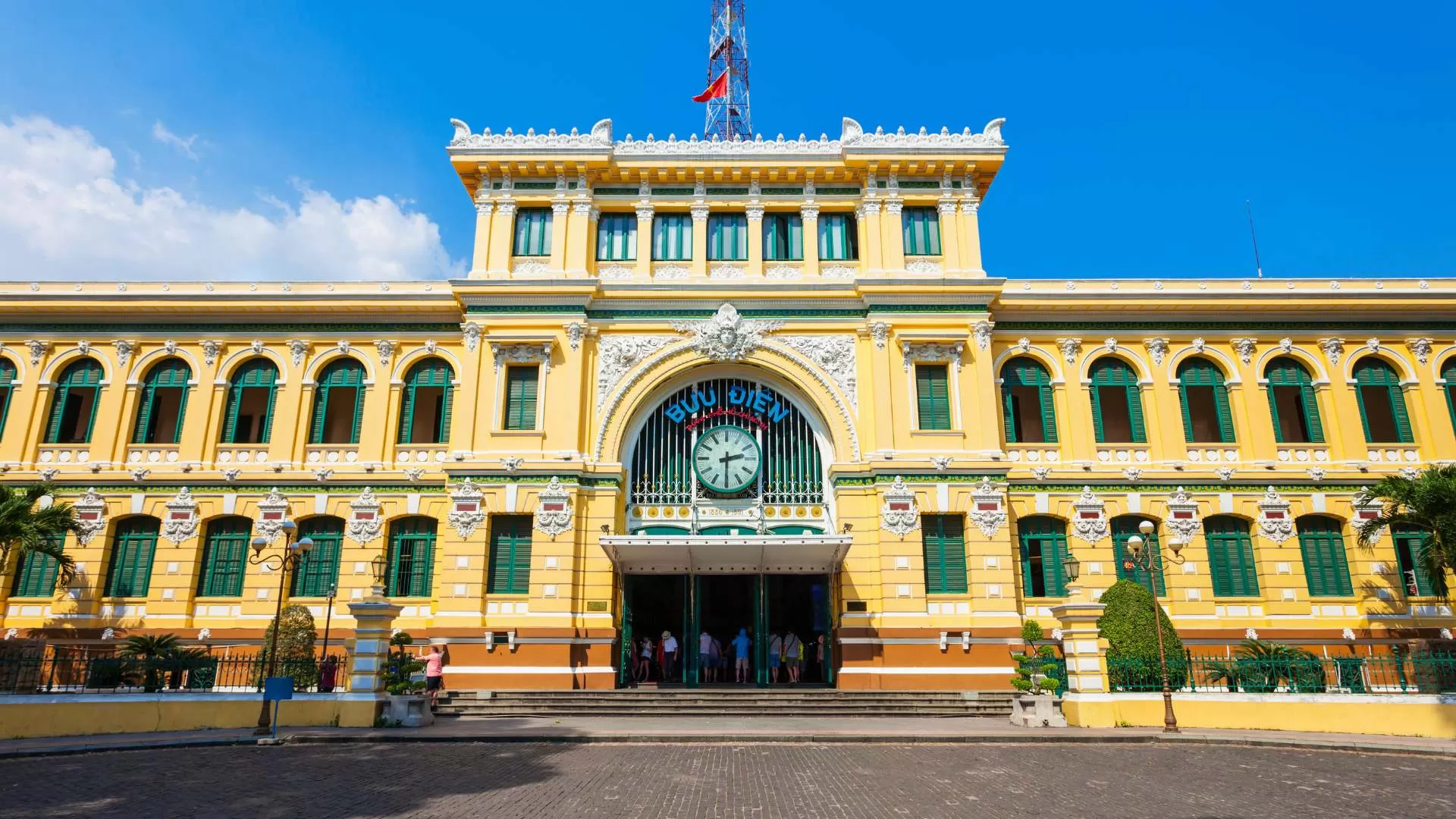
As Vietnam’s largest city, Ho Chi Minh City pulses with energy and ambition. Skyscrapers tower over tree-lined boulevards, while hidden alleyways lead to family-run noodle stalls and timeworn temples. French colonial landmarks like the Central Post Office and the Opera House stand alongside flashy rooftop bars and bustling night markets. The city's contrasts—old and new, East and West—create a compelling urban mosaic.
Luang Prabang

Luang Prabang is a spiritual and cultural heart of Laos, where saffron-robed monks, golden temples, and colonial mansions coexist in serene harmony. The town's UNESCO-listed core is walkable and peaceful, filled with ornate wats, artisan boutiques, and riverside cafes. At dawn, visitors witness the sacred alms-giving ceremony, while nearby excursions to Kuang Si Falls or Pak Ou Caves offer natural and spiritual rewards.
Vientiane
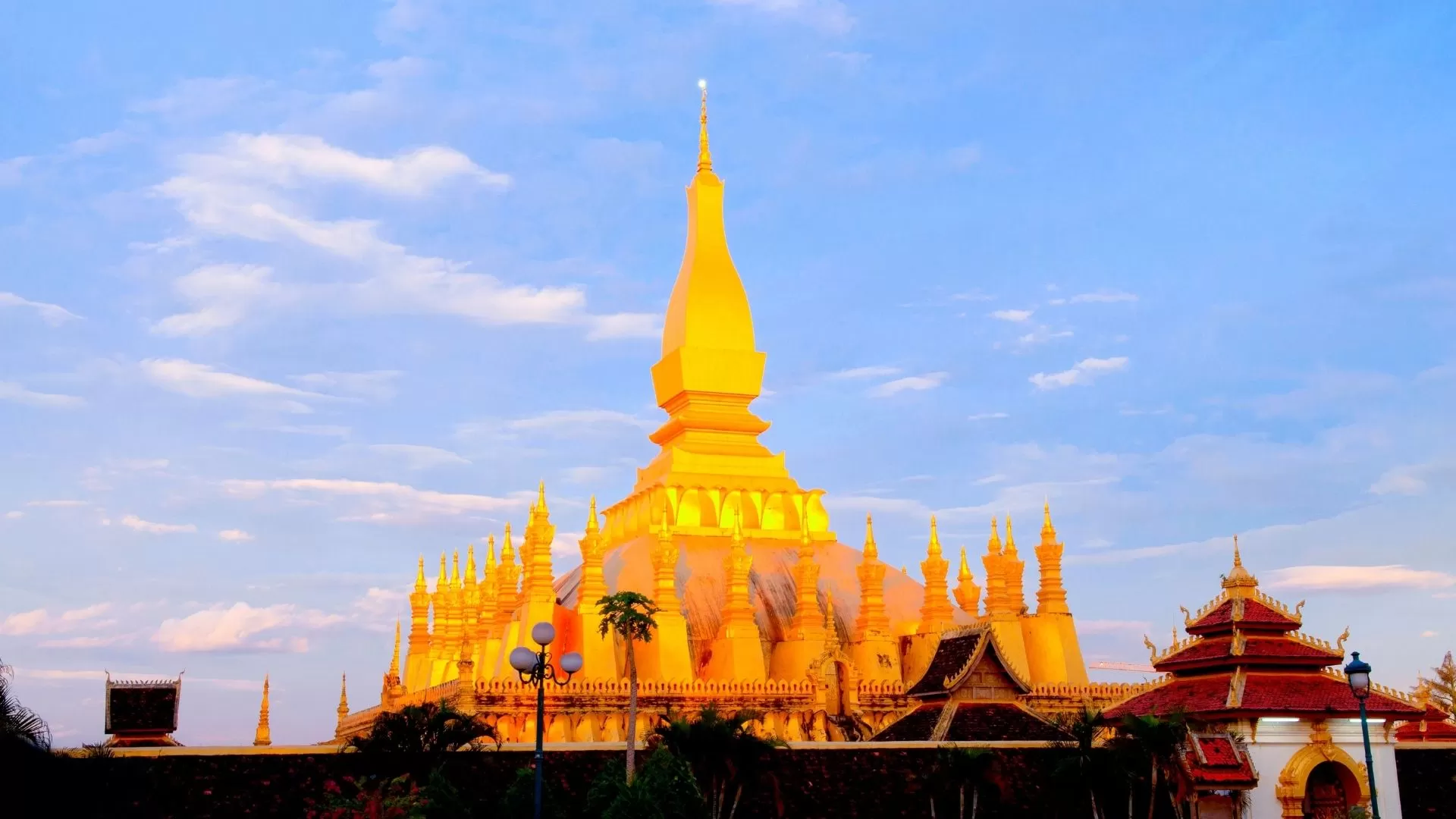
Vientiane offers a slower rhythm of life that surprises many for a national capital. Its charm lies in its simplicity—sunset strolls along the Mekong, visits to the golden Pha That Luang stupa, or sipping Lao coffee in quiet courtyards. French-influenced architecture, open markets, and a blend of Buddhist and colonial heritage create a unique atmosphere that feels both grounded and gentle.
Vang Vieng
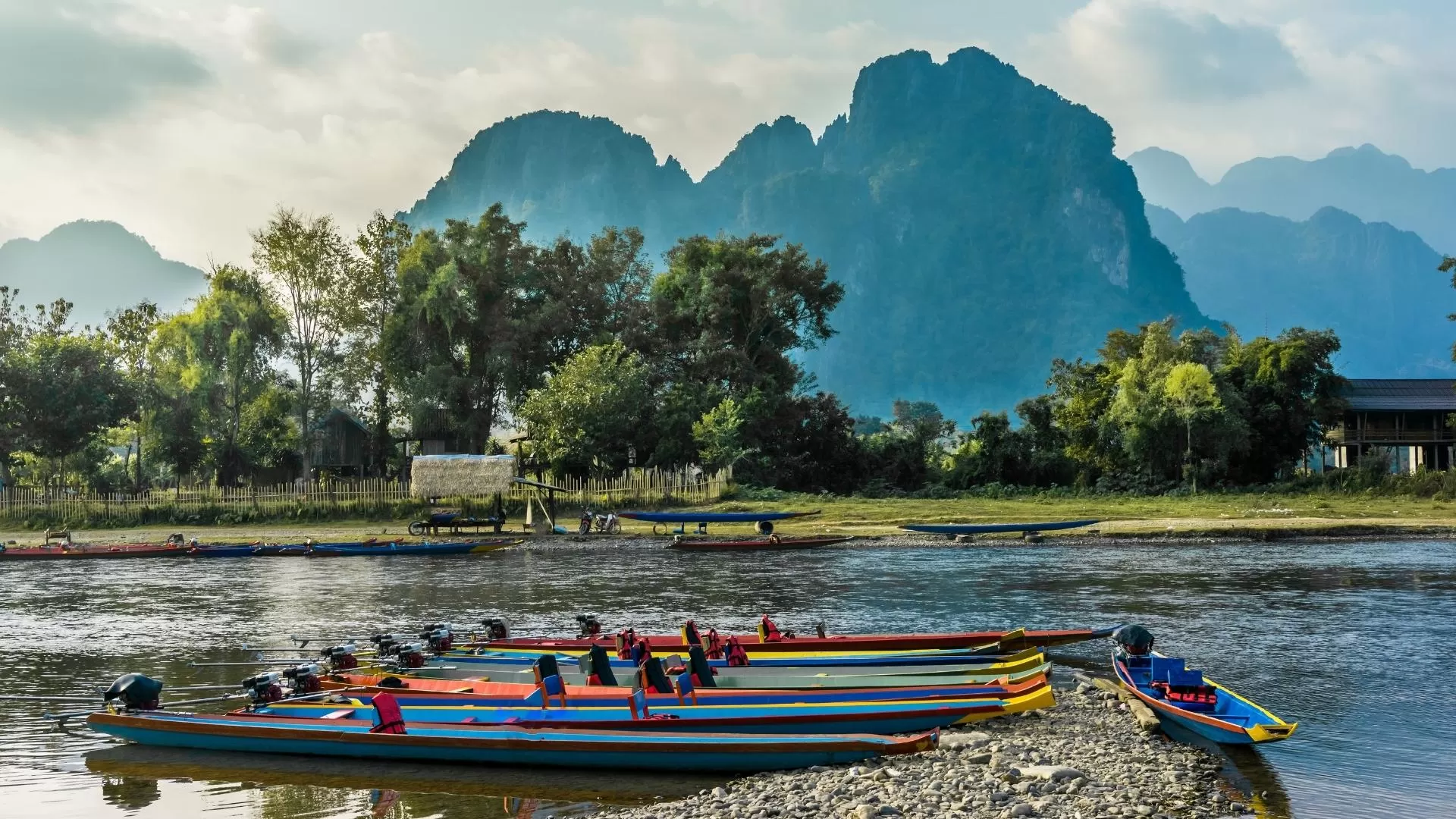
Once a backpacker hotspot, Vang Vieng has matured into a haven for nature lovers and adventure seekers. Surrounded by jagged limestone peaks and rice fields, it offers stunning landscapes ideal for outdoor activities like caving, tubing, hot air ballooning, and kayaking. Beyond the adrenaline, its slower side—lazy riverside cafes, peaceful sunsets, and quiet villages—reveals a deeper connection to nature.
4000 Islands (Si Phan Don)
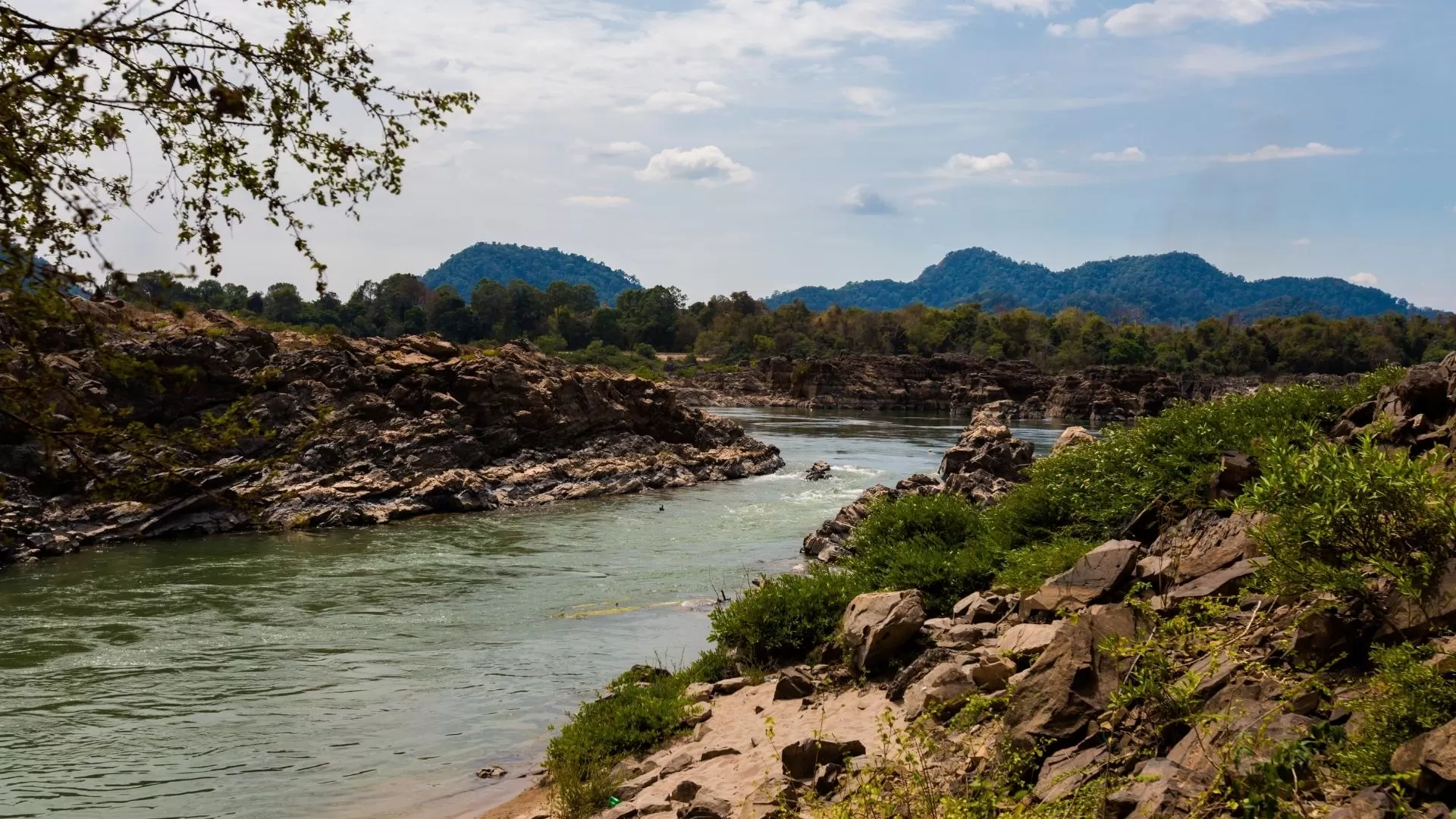
Down in southern Laos, Si Phan Don—literally meaning "Four Thousand Islands"—is where the Mekong River slows and fans out into countless islets. This laid-back region is the perfect escape from modern life. On islands like Don Khong or Don Det, bicycles replace cars, hammocks outnumber clocks, and the pace is wonderfully slow. Waterfalls like Khone Phapheng add dramatic contrast, while boat rides may offer glimpses of rare Irrawaddy dolphins.
Suggested Vietnam Laos combined tour itinerary
Planning a Vietnam–Laos itinerary can seem overwhelming, but a well-paced journey combining key highlights from both countries ensures an enriching and balanced experience. Below is a sample 12-day itinerary, perfect for first-timers who want to discover vibrant cities, peaceful landscapes, and cultural depth across borders.
Day 1: Arrival in Hanoi Day 2: Hanoi – Overnight train to Lao Cai Day 3: Lao Cai – Trekking – Transfer to Sapa Day 4: Trekking in Sapa – Return to Hanoi Day 5: Day trip to Ninh Binh Day 6: Fly to Luang Prabang Day 7: Explore Luang Prabang’s cave and temple Day 8: Visit Kuang Si Waterfalls – Local villages Day 9: Return flight to Hanoi Day 10: Transfer to Halong Bay – Overnight cruise Day 11: Morning cruise – Return to Hanoi Day 12: Departure | 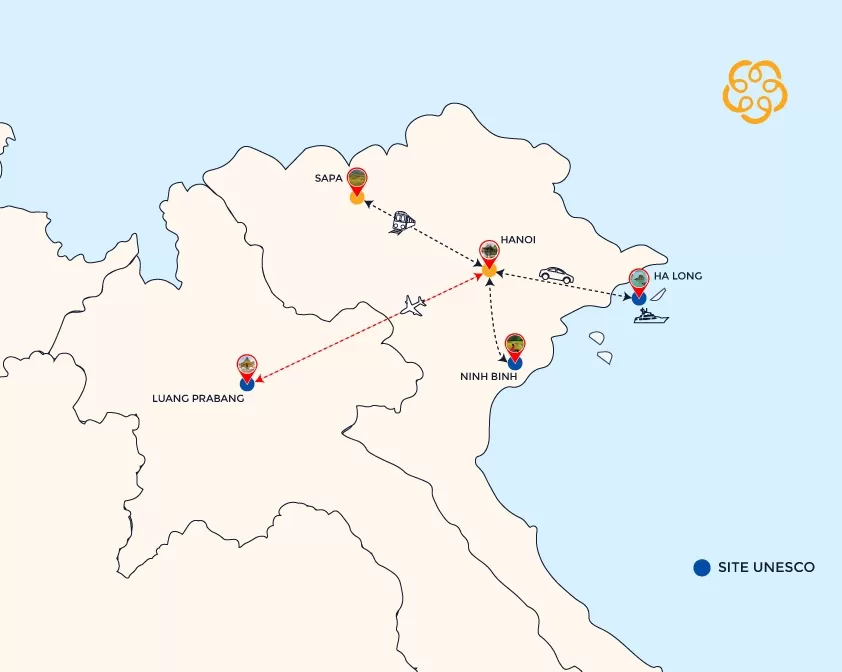 |
👉 For full details, view the complete itinerary here: Splendors Vietnam - Laos 12 Days
If you have more time or want a deeper cultural journey, consider these three extended Vietnam - Laos combined tour packages:
Horizons of Vietnam and Laos 15 days - Discovering the sightseeing of Hanoi and Halong Bay along with the beauty of panorama of Laos
North Vietnam Laos 17 Days - Authentic North Vietnam and Laos 17 days: discovering natural wonders, the charm and traditions of two countries.
Voyage Laos Vietnam 22 Days - Two countries, two unique atmospheres, for a journey rich in discoveries and emotions, let yourself be amazed!
Practical tips for your Vietnam Laos tour
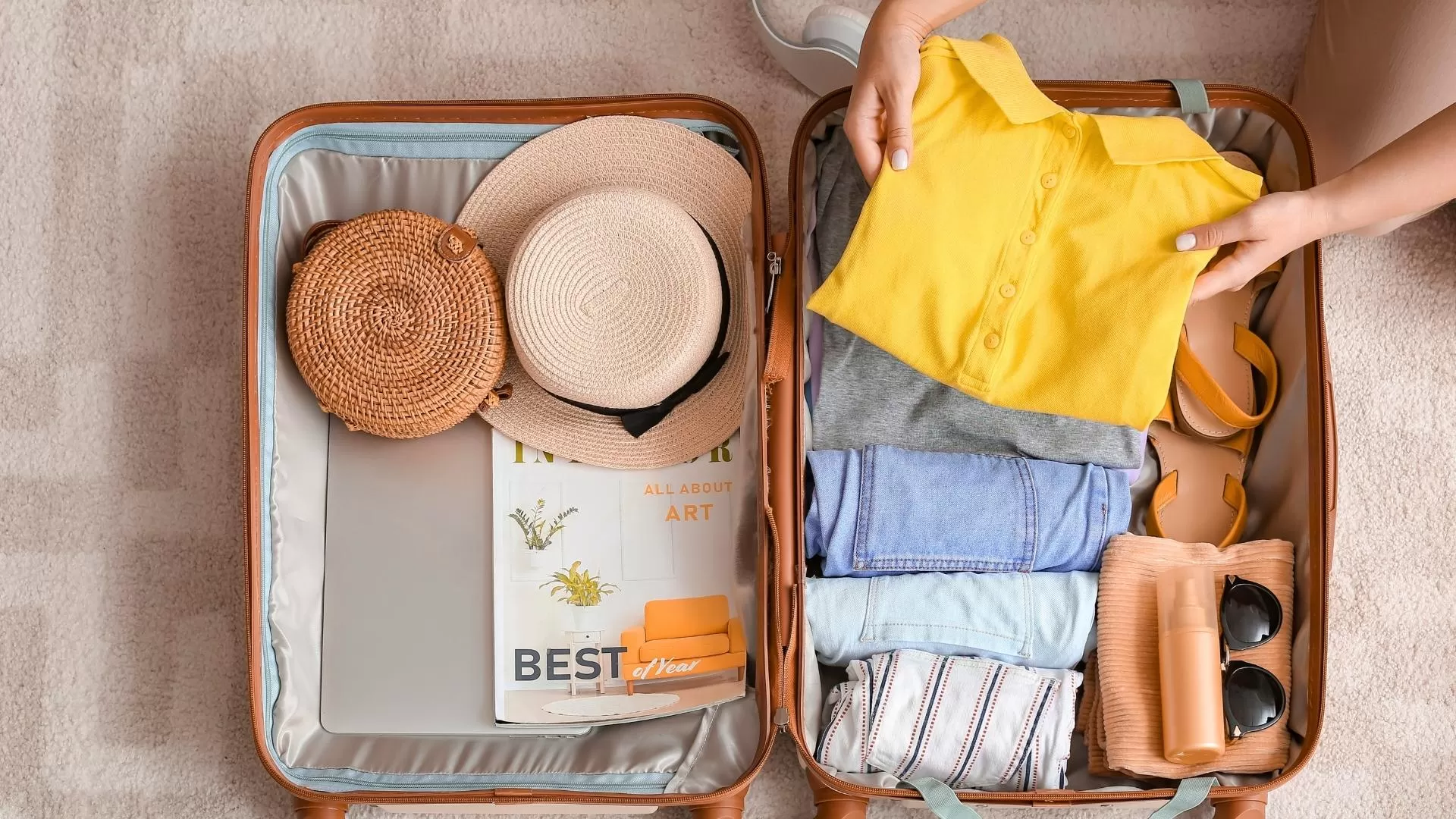
Planning a cross-border adventure between Vietnam and Laos requires smart travel strategies. From transportation options to essential packing advice, here are the key tips to ensure your journey goes smoothly.
How to travel around two countries
Traveling between Vietnam and Laos is relatively convenient, with both air and land connections available. Flights operate between major cities like Hanoi and Luang Prabang or Vientiane, while overland crossings such as the Nam Phao–Cau Treo or Lao Bao–Dansavanh borders are popular with adventurous travelers. Within each country, use domestic flights, buses, trains (in Vietnam), or private transfers to move between destinations comfortably.
You may want to read:
Must-try local dishes in Vietnam and Laos
Vietnam offers a culinary journey with dishes like pho, bun cha, and banh mi. In Laos, explore the flavors of laap (spiced minced meat salad), khao soi (noodle soup), and mok pa (steamed fish in banana leaves). Street food is a must-try in both countries—look for busy stalls with locals to ensure freshness and quality.
Currency exchange and payments
Vietnam uses the Vietnamese Dong (VND), while Laos uses the Lao Kip (LAK). Cash is still the most common payment method, especially in rural areas and local markets. Major hotels and restaurants in cities may accept credit cards, but it's best to carry some local currency. ATMs are available in urban areas, but having backup USD or VND is useful near border zones.
SIM card in Vietnam and Laos
Stay connected with ease by buying local SIM cards. In Vietnam, popular providers include Viettel and Vinaphone, while Laos offers reliable coverage through Unitel and Lao Telecom. SIM cards and data packages are inexpensive and can be purchased at airports or phone shops shortly after arrival.
What to pack for Vietnam Laos tour
The climate in both countries is tropical, so pack light and breathable clothing. Include modest outfits for visiting temples, as well as essentials like sunscreen, insect repellent, a reusable water bottle, and sturdy walking shoes. A light raincoat or umbrella is recommended during the wet season (May to October).
A Vietnam Laos combined tour is perfect for travelers seeking variety, culture, and convenience in one unforgettable journey. With the right itinerary, timing, and tour provider, you’ll uncover the best of two countries—each unique, yet beautifully connected.
Let Hanoi Voyages help craft your perfect Vietnam Laos combined adventure. Contact us today to start planning your tailor-made itinerary.
Dream about your trip to Asia, in private
We are here to make it happen with youFREE QUOTE, WITHOUT OBLIGATION







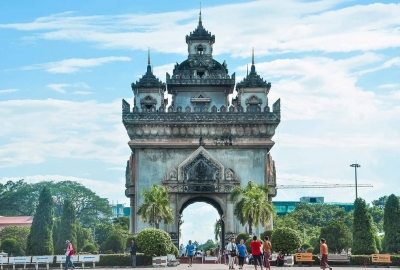

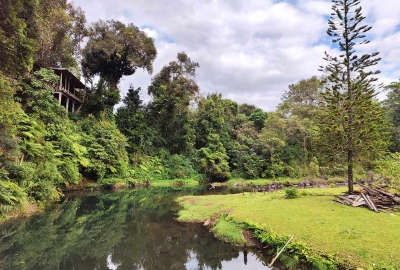
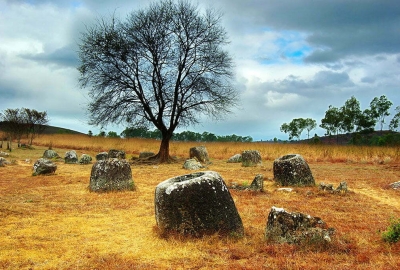


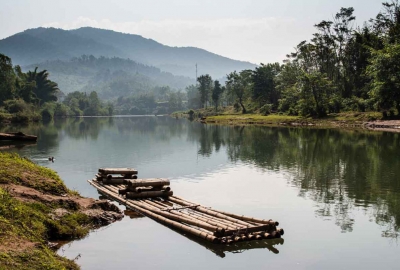
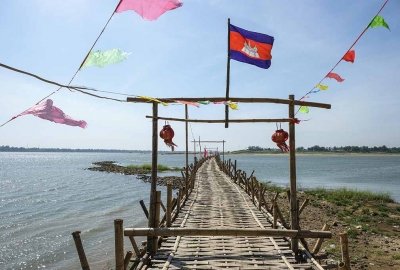
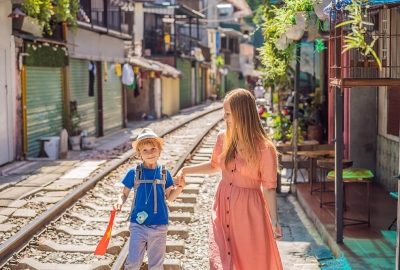


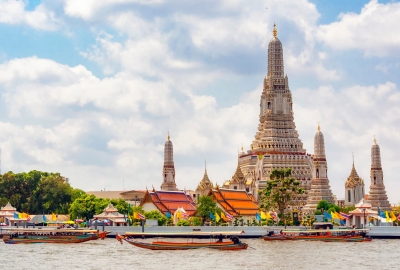


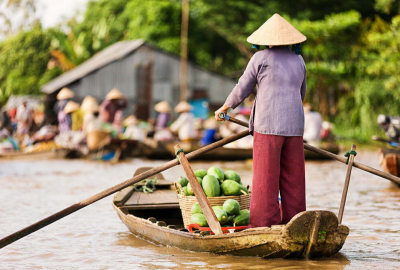
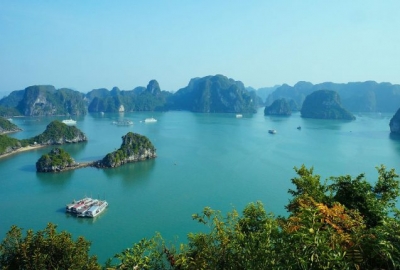
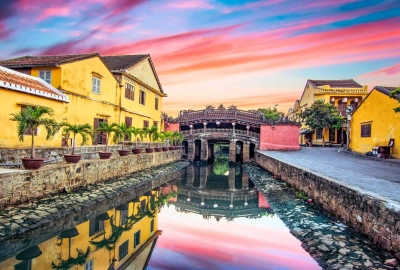
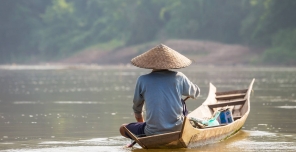
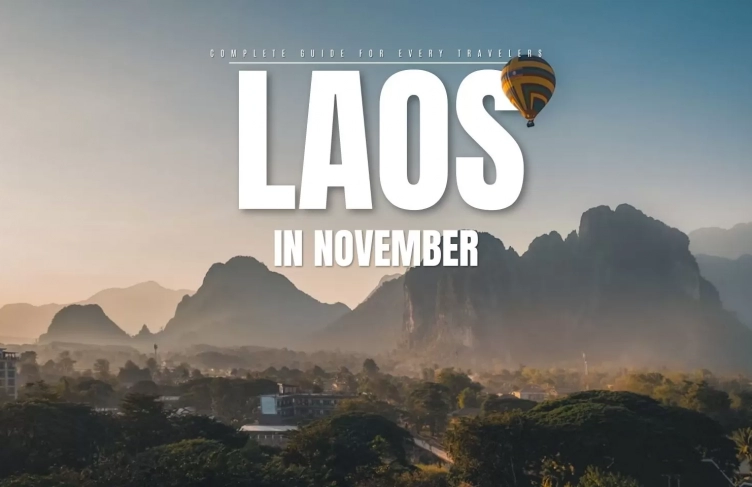
.webp)

